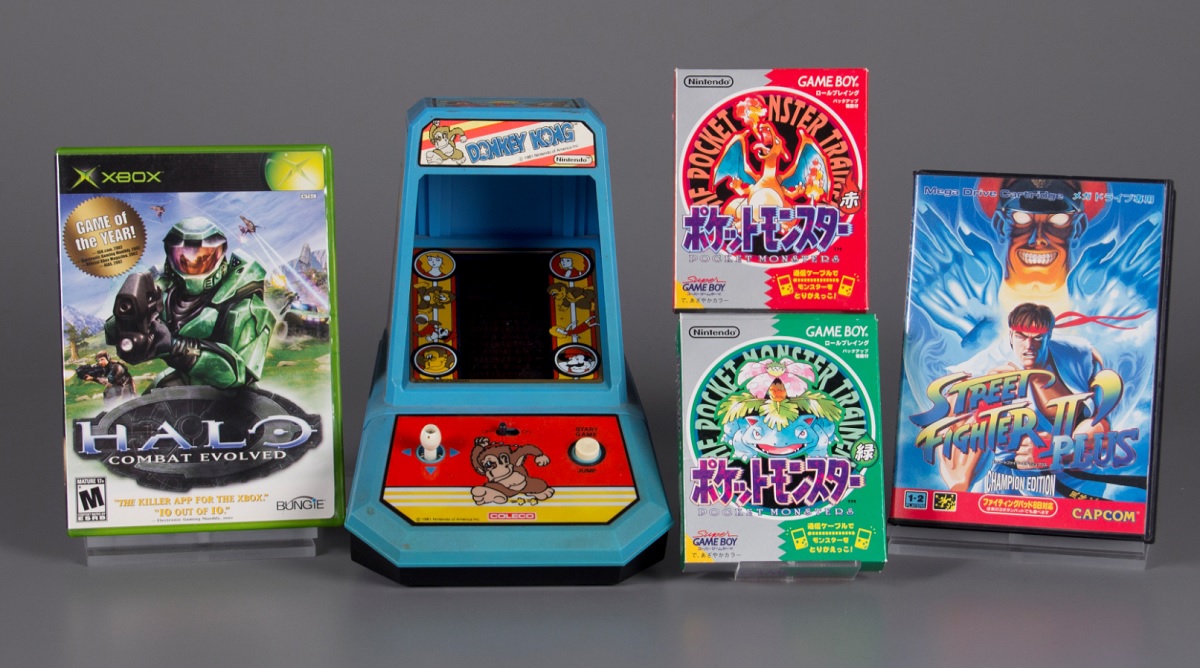Drumroll, please. The new inductees for the World Video Game Hall of Fame have been announced, and the winners are Donkey Kong, Halo: Combat Evolved, Pokémon Red and Green, and Street Fighter II.
The Strong National Museum of Play announced the inductees for 2017 at a ceremony in Rochester, N.Y., today in recognition of games that have a huge impact on gamers and world culture. It is the third time the museum has selected gaming’s icons for its World Video Game Hall of Fame, and I was privileged to be one of the voters.

Unlock premium content and VIP community perks with GB M A X!
Join now to enjoy our free and premium membership perks.
![]()

![]()